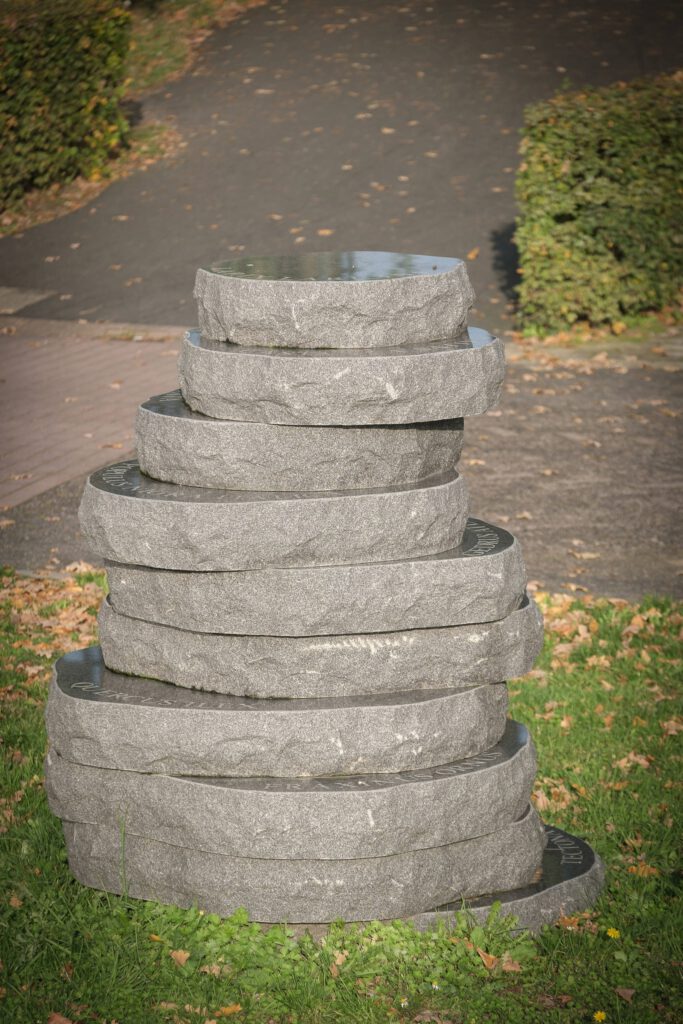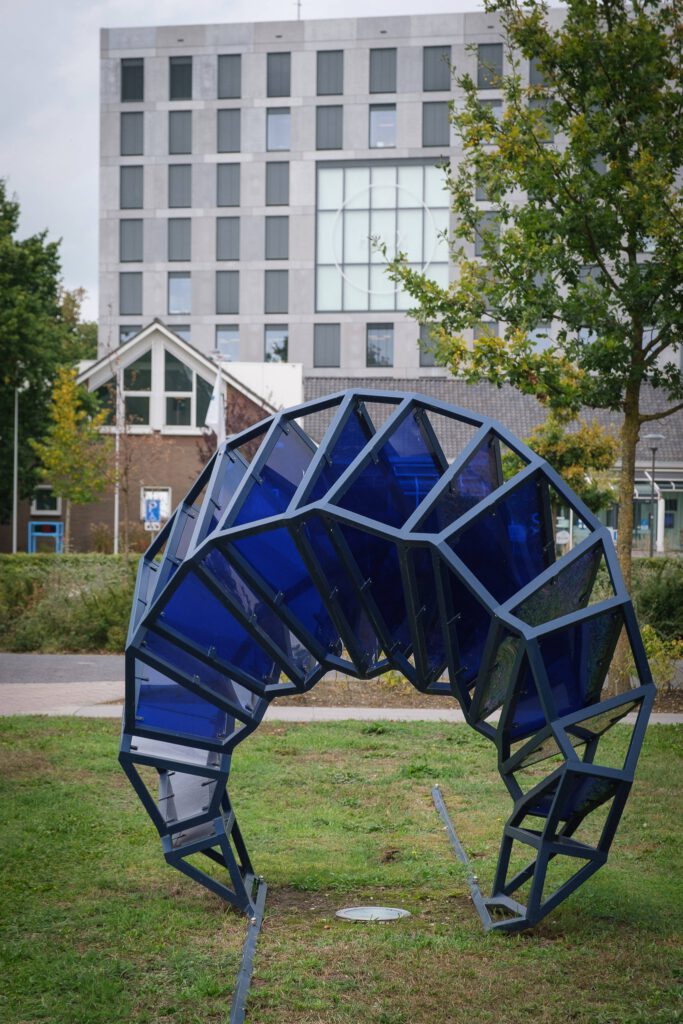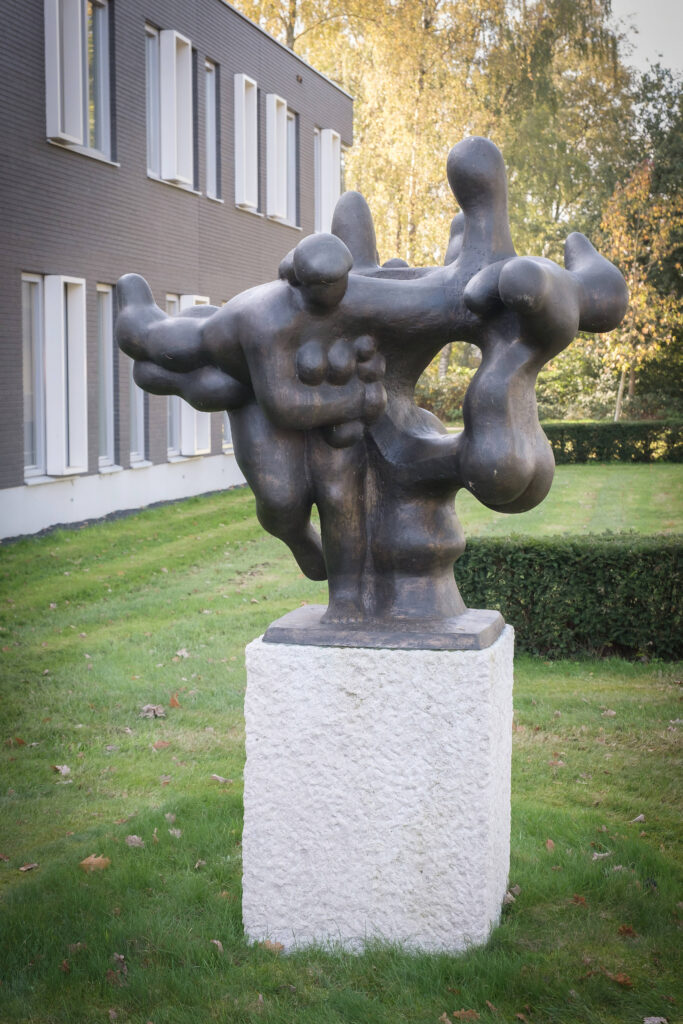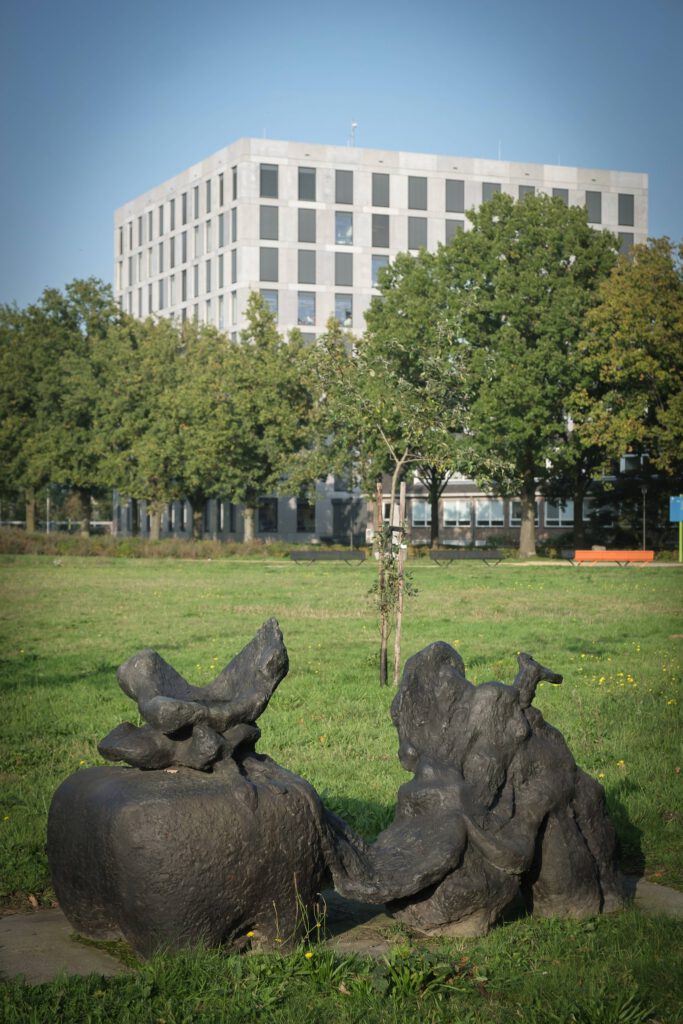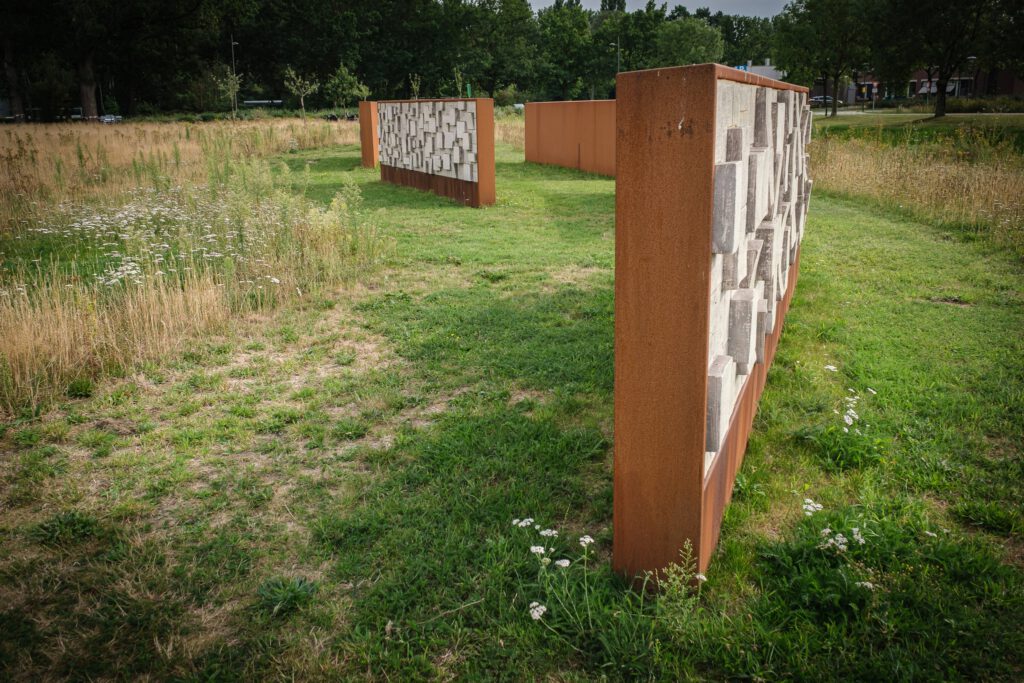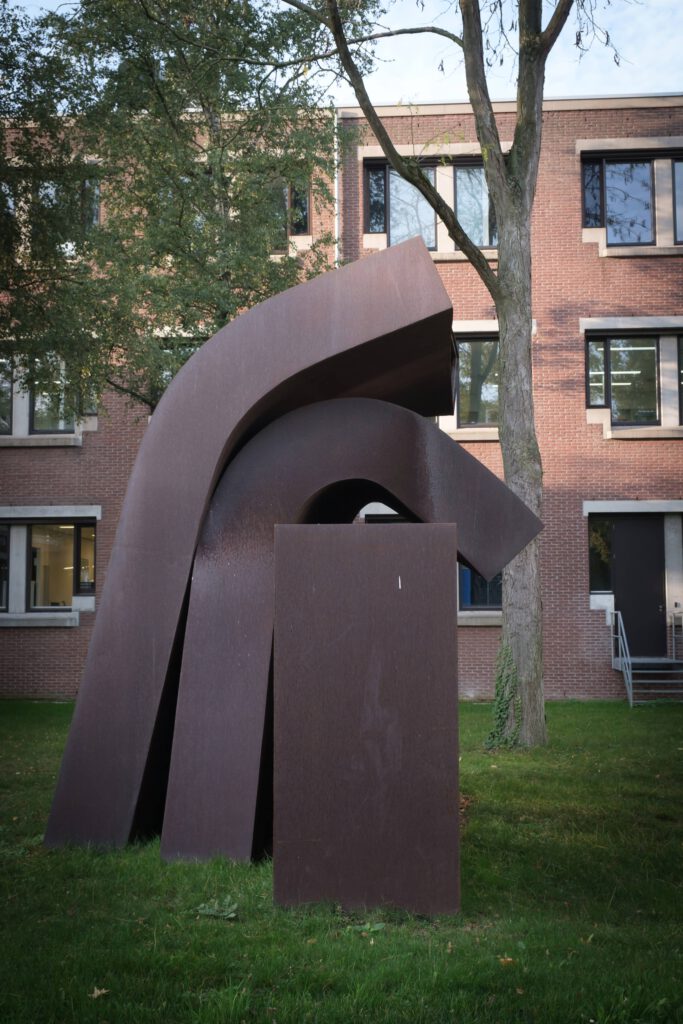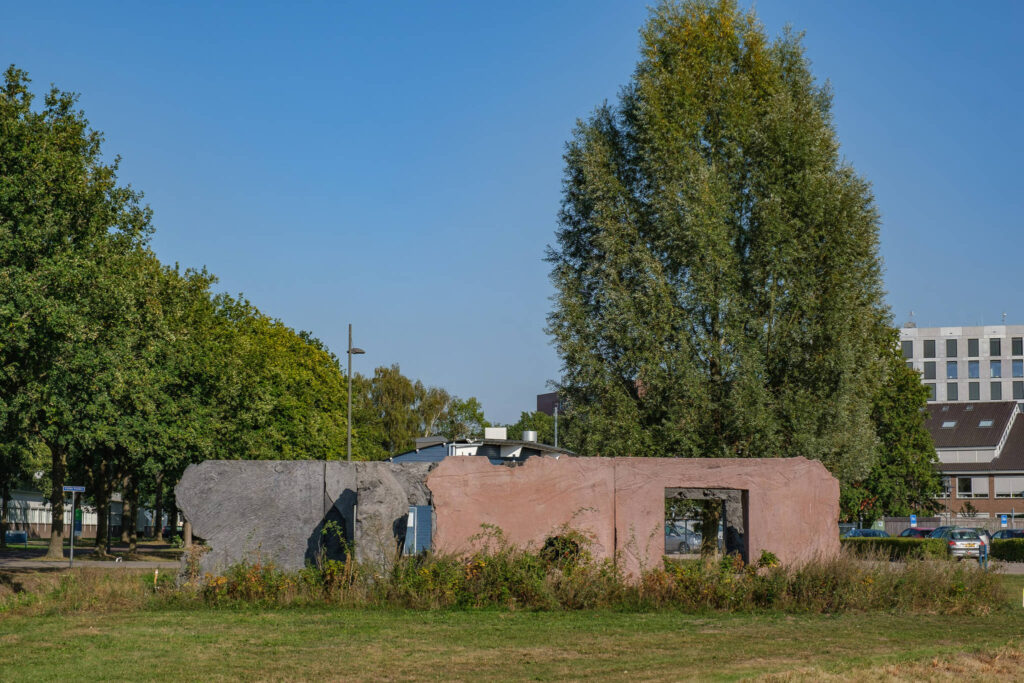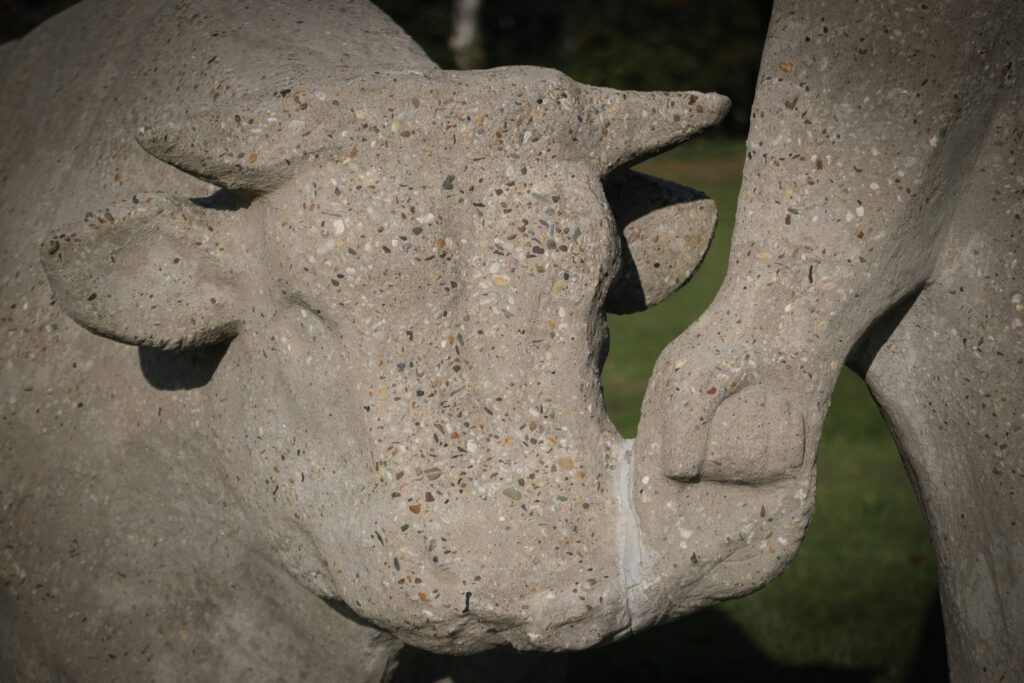Een Roos van staal / A Rose of Steel, Rob Logister and Marie Raemakers (1996)
A Rose of Steel was created by Rob Logister (1959- ) and Marie Raemakers (1959- ) for a farm and sculpture tour through Zonnemarie, Zeeland in 1996. The work is 6.5 metres long and approximately 2 metres high. It was unveiled by the secretary of Wageningen University Theo Theijsse on 17 November 1997 at its […]
Een Roos van staal / A Rose of Steel, Rob Logister and Marie Raemakers (1996) Read More »


